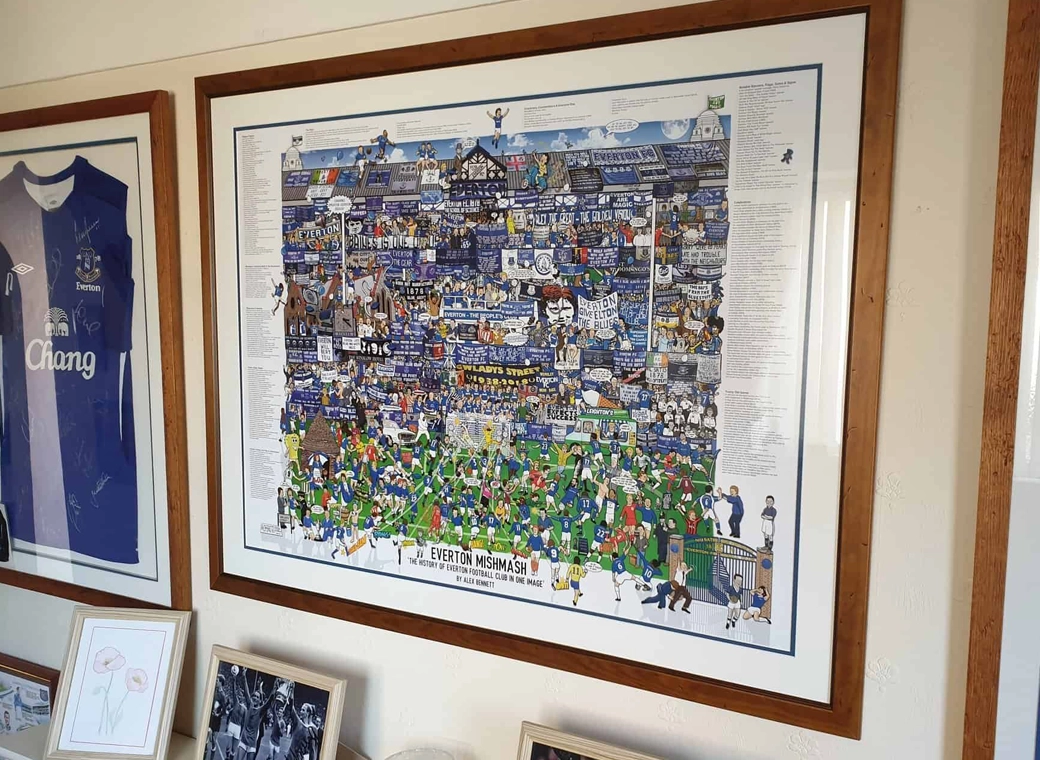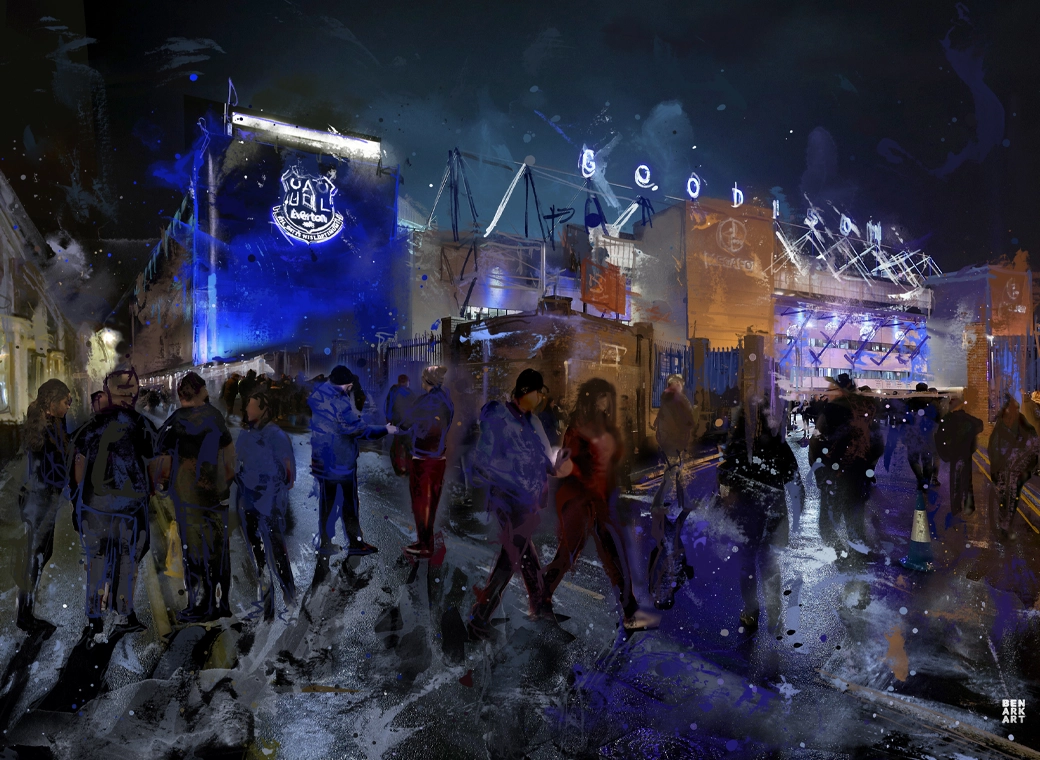Not sure about Andy Hunters explanation. Here is an excellent article from Law in Sport blog http://www.lawinsport.com/blog/arge...ts-of-buying-a-football-player-from-argentina
THE COSTS OF BUYING A FOOTBALL PLAYER FROM ARGENTINA
By
Ariel Reck published on 14 July 2015
 Print
Print
This blog will briefly examine the charges, taxes, costs and levies typically associated with a football player's transfer from an Argentine to a foreign club, which can – perhaps surprisingly – amount to up to 25.7% of the total transfer price for a foreign club (and can be even more for a domestic team).
This is an important issue because, in the author’s experience, foreign clubs often do not consider these inbuilt levies at the beginning of negotiations, maybe because they do not have anything similar domestically. However, almost every South American nation has significant costs and levies on transfer fees, the logic being that the exporting nation charges as much as possible at the time of the transfer because large sums of money are involved and it is potentially the last chance to levy charges and taxes before the player leaves the country for good.
What levies are there in Argentina?
The 25.7% levied on the total transfer price can be approximately disaggregated into the following charges.
The player’s share
Firstly, 15% of the transfer price goes to the player pursuant to the national
Collective Bargaining Agreement (CBA) and the "Professional Player's Statute", the federal law 20.160. Article 8 of the CBA (55/2009) provides:1
“
The professional player´s contract might be subject, during the term of its validity, to a transfer to another club, with the express consent of the player. In such case, the player shall be entitled to – at least- 15% of the gross amount of the transfer, be it temporary or definitive, and the payment of such percentage shall be responsibility of the transferring club by depositing such amount at the Professional Players´ Union."
Almost every South American federation has a similar percentage assigned for the player in a transfer (it usually ranges from 10% - 20%).2 As a labour right, in Argentina, such percentage cannot be waived by the player in advance (in contrast to other nations, such as Spain, were the percentage can be waived).
Social Security Taxes
7% relates to social security taxes. Pursuant to an agreement reached between the Argentine tax authorities and Argentine clubs more than a decade ago (known as
Decree 1212/2003), social security taxes are paid by clubs as a deduction of a percentage of the transfer fees, ticketing income and TV rights revenue. The decree states:3
“
These rules will apply for the payment of the social security duties to the social security systems an amount equivalent to 2% [later elevated to 7%] of the total income for ticket revenue of the games disputed by the relevant clubs in every category, plus the transfer of players and the TV rights of the tournaments disputed by these clubs in every category.”
As many clubs are currently in economic difficulties, the income generated by the sale of a player is a convenient way to arrange for the discharge of any debts that they may have with the National Social Security System and suspend ongoing enforcement proceedings. Article 1 of the decree provides
:
“
A collection and withholding regime is established for the payment of the personal and labor contributions to the regimens established in laws 19.032.... (social security regulations) for professional football players, medical, technical and auxiliary staff in charge of professional football squads in any category and any other employees dependent from the Argentine Football Association and clubs participating in tournaments organized by the said association in first (Primera A), second (Nacional B) and third (Primera B) division, with the Argentine Football Association acting as collection and withholding tax agent.”
So technically, the transfer itself is not taxable in a strict sense; it is a collection and withholding of social security taxes then owing at the time of the transfer.
Fee to the Argentine Football Fédération
There is a 2% fee payable by the club to the
Argentine Football Fédération.4 If the transfer is domestic, 2% is payable by each club.
Article 214 (Transfers) of the Argentine Football Federation Regulations states:
“
The selling and the buying clubs, to have the transfer authorized, shall fulfill the following requirements: a) Both clubs shall pay at AFA´s treasury an amount equivalent to a 2% of the total amount of the operation. These amounts will be destined to support the expenses of the national team, and a special bank account will be open to that effect.”
There is also a 0.5% fee payable to the Player's Union as agreed between the Union and the Argentine Football Association in 2001.5
Stamp duty
Finally, there is a stamp duty levied on the contract, which ranges from 0.8% to 1.2% depending on the jurisdiction under which the document is signed.
Comment
These levies have a considerable impact in any player transfer. In particular, they make the first payment crucial because, according to the national labor and fiscal rules,6 the taxes and levies must be entirely discharged before the release of the player’s International Transfer Certificate (ITC), even if the total payment is agreed in installments. If these contributions are not paid prior to the release of the ITC, the club and the national association are jointly liable for these amounts and can be subject to penalties and sanctions7 including fines up to 100% of the amount at stake and –at least in theory- even 2 to 6 years of prison.
This rule is in clear contradiction with art.9.1.3 of the
FIFA RSTP,8 which declares null and void any condition that limits the issuance of the ITC. Clubs have been
sanctioned by FIFA in the past for including such clauses in transfer agreements.9 Thus, when agreeing the payment schedule in a transfer, Argentine clubs face the danger of being sanctioned either by FIFA or by the taxation authorities.
The levies also affect the way Argentine clubs negotiate transfers, and especially the payment schedule that they are willing to accept. Although the levies are the responsibility of the selling (Argentine) club, the seller will effectively pass on the costs to the buying club by demanding a “
net” transfer amount, and then adding on an additional 27% that the buyer must also bear.
As confirmed by the Court of Arbitration for Sport in
Genoa Cricket and Football Club SpA v Club Bella Vista,10 the levies are an integral part of the transfer price and therefore count for the purpose of calculating of the solidarity mechanism payable to the clubs that trained the player between the ages of 12 and 23. This represents an additional cost increase.
As to the payment, while for financial and regulatory reasons (i.e. compliance with financial fair play regulations) a buying club will usually be interested in paying the transfer fee in installments, Argentine clubs will generally try to negotiate as much as possible upfront (as they have to pay the levies on the entire transfer value (even if the fee is paid in installments)) at the moment of the ITC release (and the selling club may also need part of the transfer fee to replace the transferred player.
In summary, every club that targets a player from an Argentinean team shall be aware of these regulations in order to assess the real and final costs of the transfer and also to design a payment schedule that fits the needs of the buying but also of the selling club in order to complete the deal.
References
- Argentine footballers’ Collective Bargaining Agreement, http://infoleg.mecon.gov.ar/infolegInternet/anexos/155000-159999/158453/norma.htm
- Brazil, Peru and Bolivia are exceptions to this rule; no such right is established in their regulations. In Argentina the minimum percentage is 15%, in Paraguay 20% for international transfers, in Urugay 20%, Ecuador 15%, Chile 10%, and Colombia 8%.
- Decree 1212/2003, http://infoleg.mecon.gov.ar/infolegInternet/anexos/85000-89999/85230/norma.htm
- Argentine Football Fédération hompage, http://www.afa.org.ar/index.php?Itemid=238
- The rule has proved quite controversial because it was never published but is still is applicable without exception. It started at the end of 2000 as a request from the Players Union to AFA to cover the administrative costs generated by the management of the payment of the 15% that corresponds to the player.
- Taxman´s General Resolution 1580/2003 http://www.afip.gov.ar/afip/resol158003.html(especially arts. 5, 8 and 30).
- Art.30 of the General Resolution 1580/2003 and further references to law 24.769 http://www.infoleg.gov.ar/infolegInternet/anexos/40000-44999/41379/texact.htmand Genera Resolution 1566/2003 http://www.afip.gov.ar/afip/resol156603.html
- ARTICULO 30.- Cuando la Asociación del Fútbol Argentino (AFA) omita efectuar, depositar y/o informar las percepciones y/o retenciones, o realice cualquier otro acto que importe el incumplimiento, total o parcial, de las obligaciones impuestas por esta resolución general y/o por el Decreto Nº 1.212/03, será pasible de la aplicación de las sanciones e intereses previstos por la Ley N° 11.683, texto ordenado 1998 y sus modificaciones, por la Ley N° 24.769 y, en su caso, por la Resolución General Nº 1.566.
9.1.Players registered at one association may only be registered at a new association once the latter has received an International Transfer Certificate (hereinafter: ITC) from the former association. The ITC shall be issued free of charge without any conditions or time limit. Any provisions to the contrary shall be null and void. The association issuing the ITC shall lodge a copy with FIFA. The administrative procedures for issuing the ITC are contained in Annexe 3, article 8, and Annexe 3a of these regulations.
- ‘Clubs sanctioned for misuse of FIFA TMS’, FIFA.org, 31 January 2013, last viewed 8 July 2015, http://www.fifa.com/governance/news...s-sanctioned-for-misuse-fifa-tms-1998807.html
- Genoa Cricket and Football Club SpA v Club Bella Vista CAS 2012/A/2944, http://jurisprudence.tas-cas.org/sites/CaseLaw/Shared Documents/2944.pdf
Copyright notice
This work was written for and first published on LawInSport.com (unless otherwise stated) and the copyright is owned by LawInSport Ltd. Permission to make digital or hard copies of this work (or part, or abstracts, of it) for personal use, professional training and/orclassroom uses is granted free of charge provided that such copies are not made or distributed for profit or commercial advantage, and provided that all copies bear this notice and full citation on the first page (which should include the URL, company name (LawInSport), article title, author name, date of the publication and date of use) of any copies made. Copyright for components of this work owned by parties other than LawInSport must be honoured.










